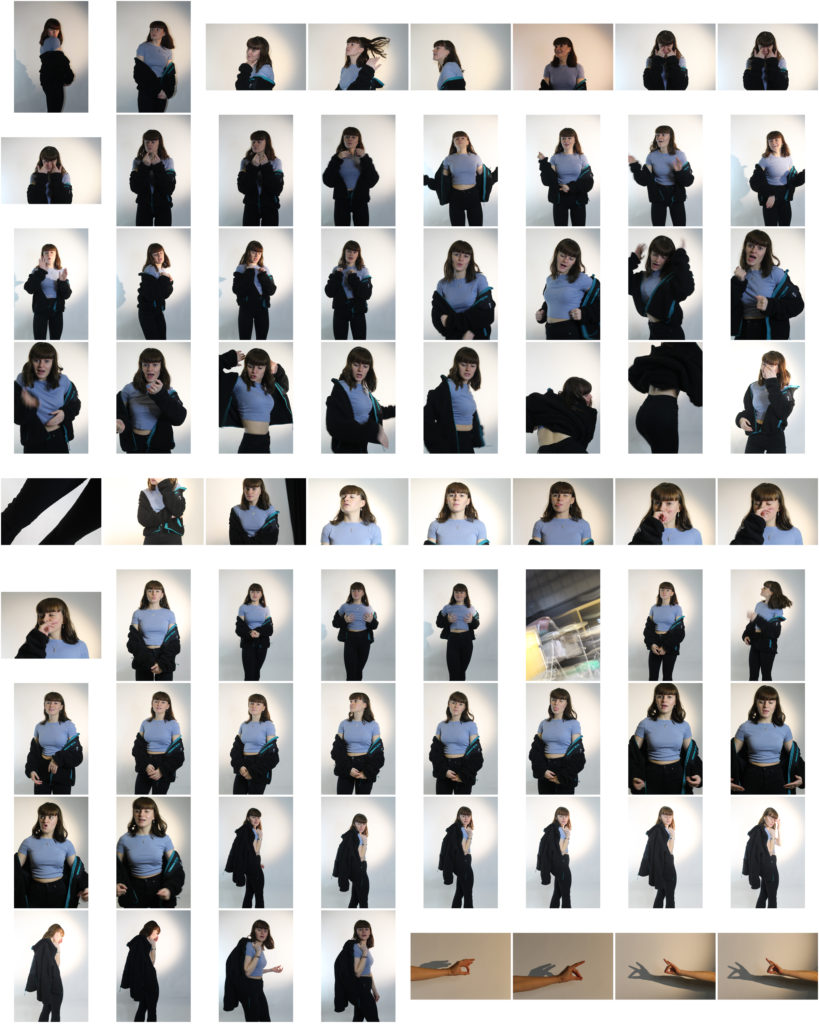








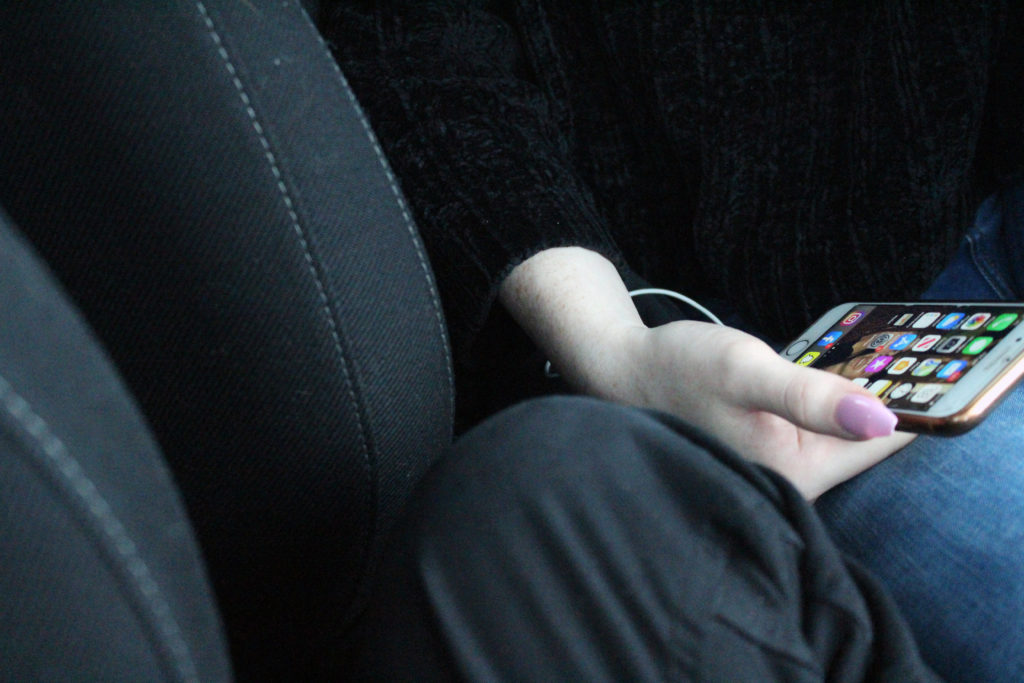

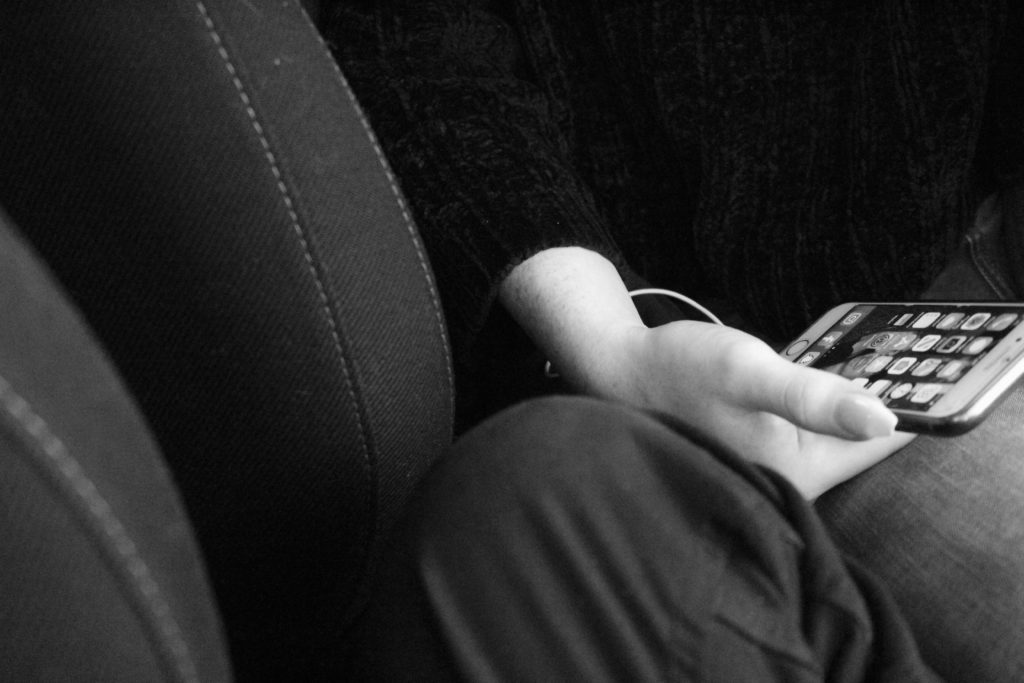

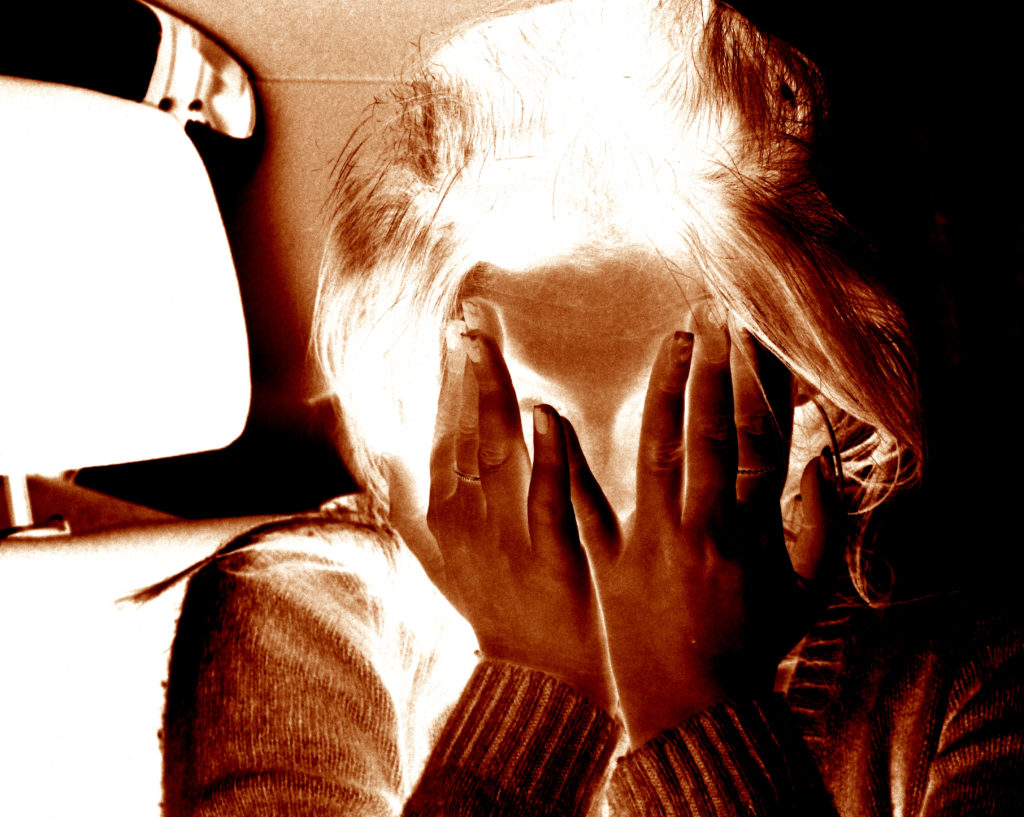
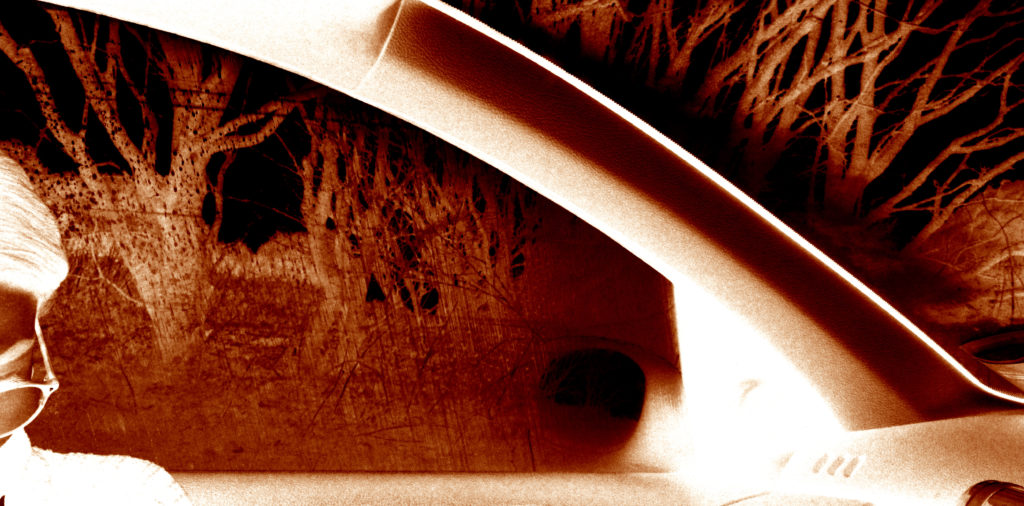



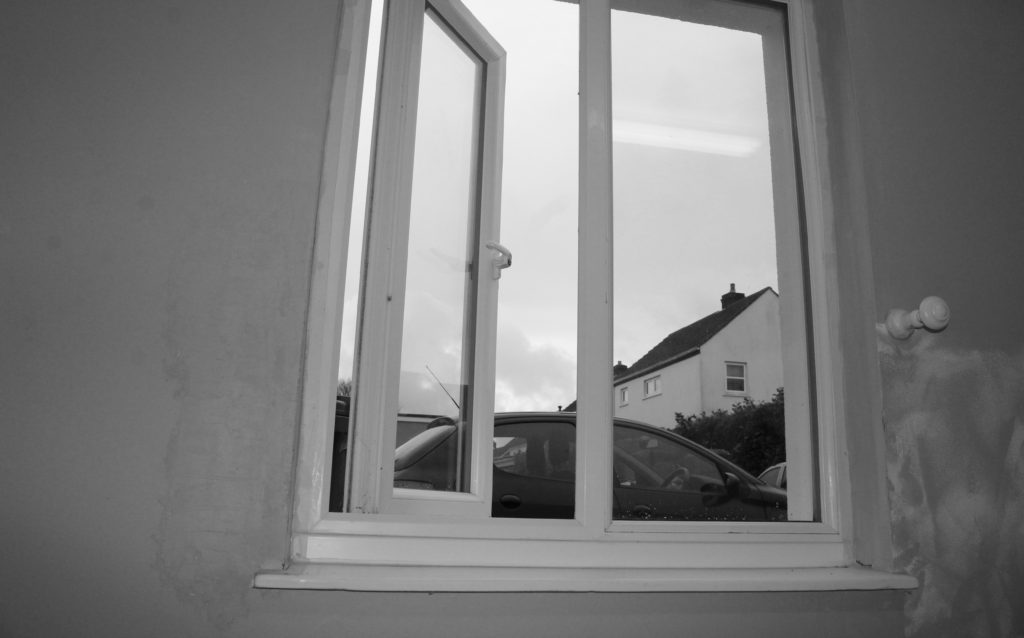
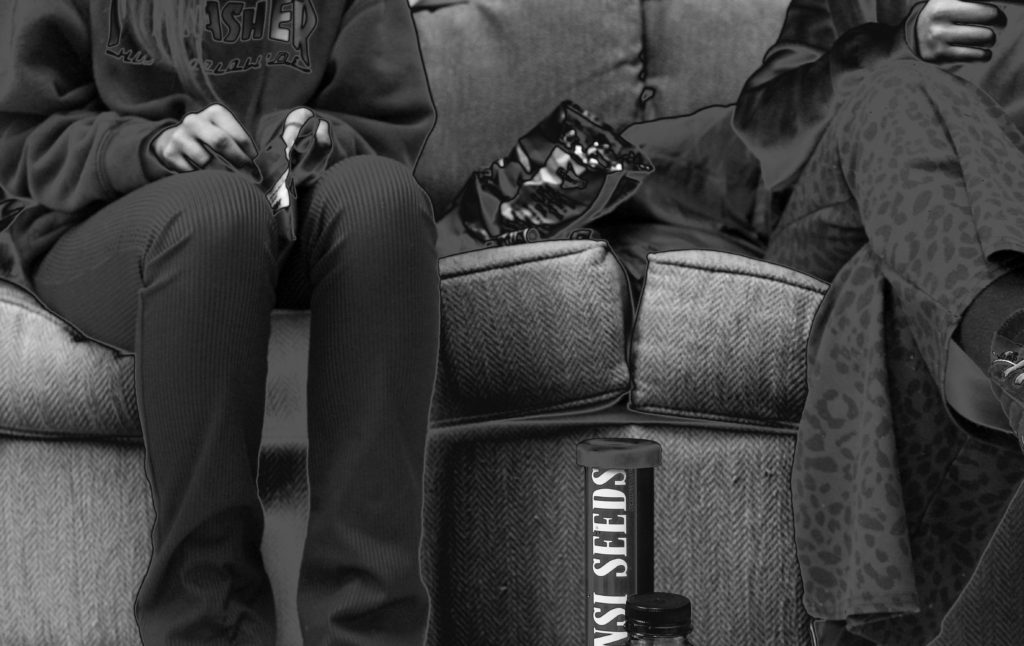
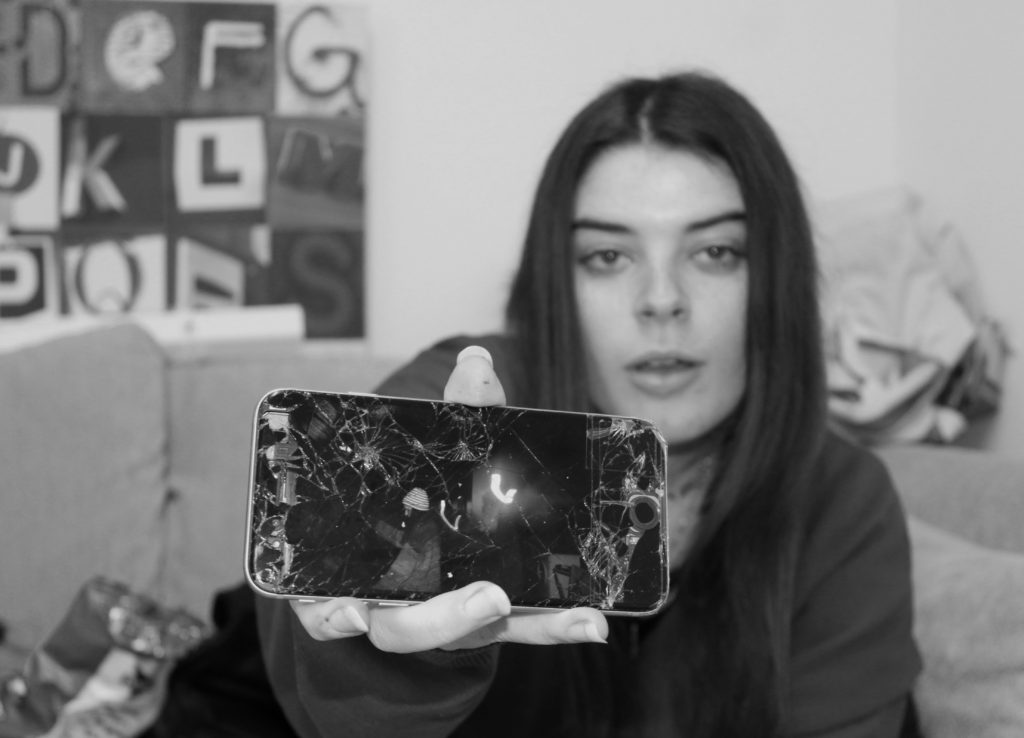
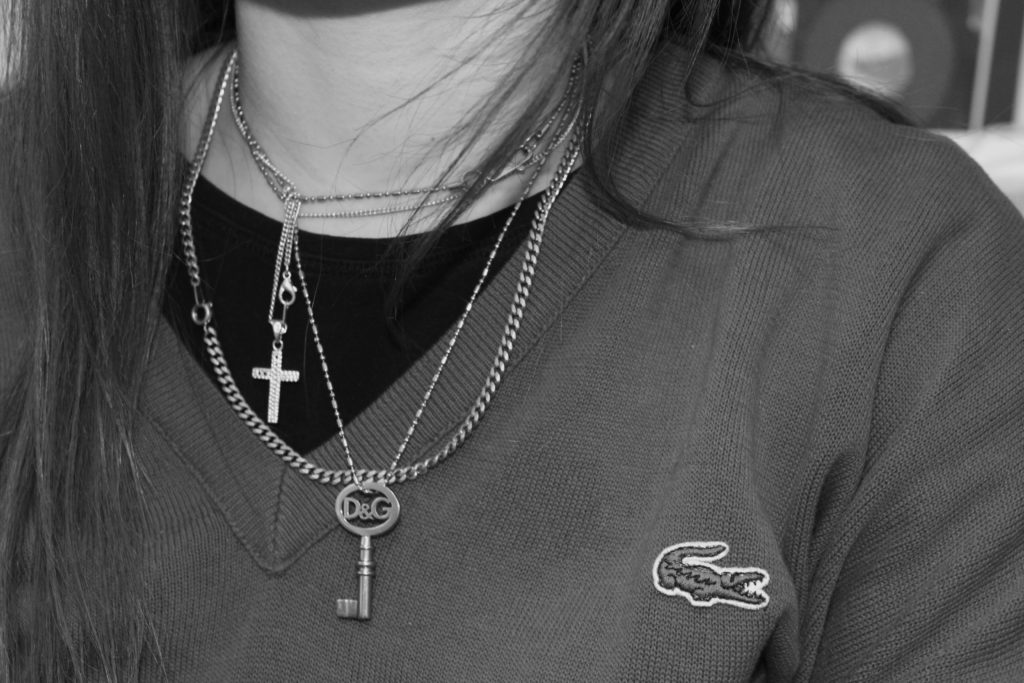
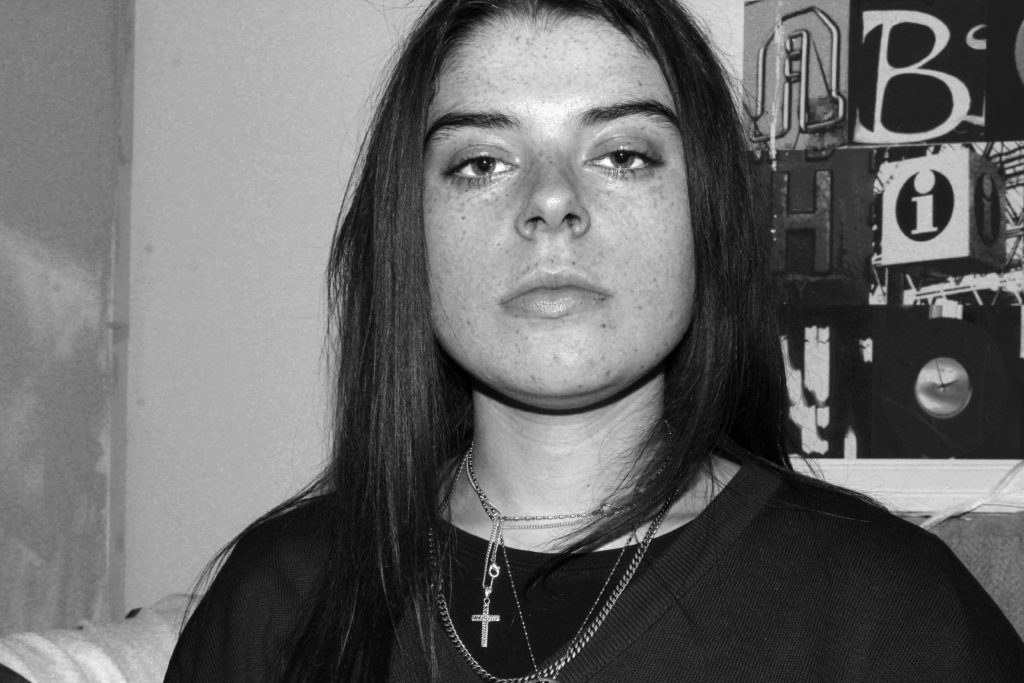

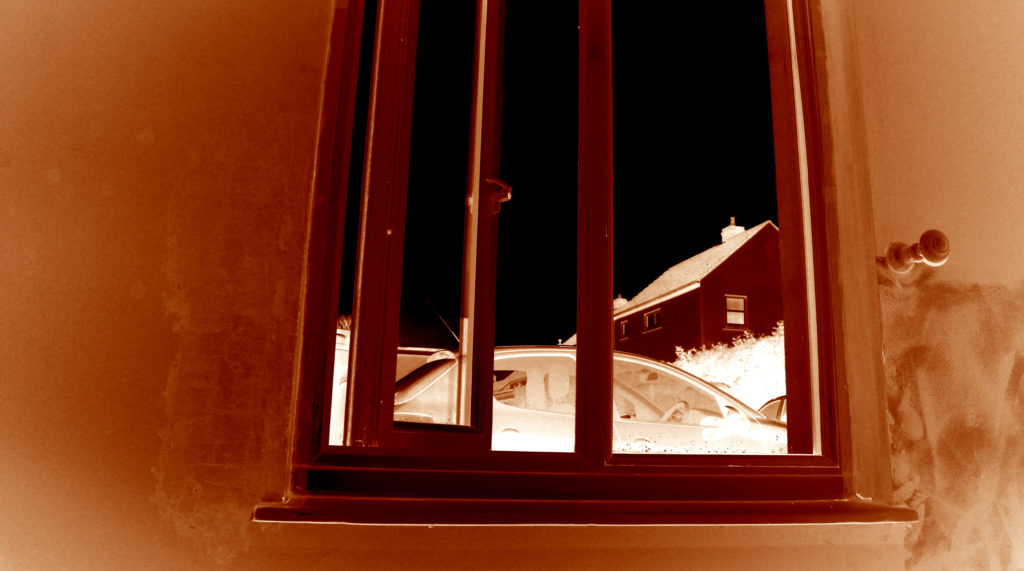
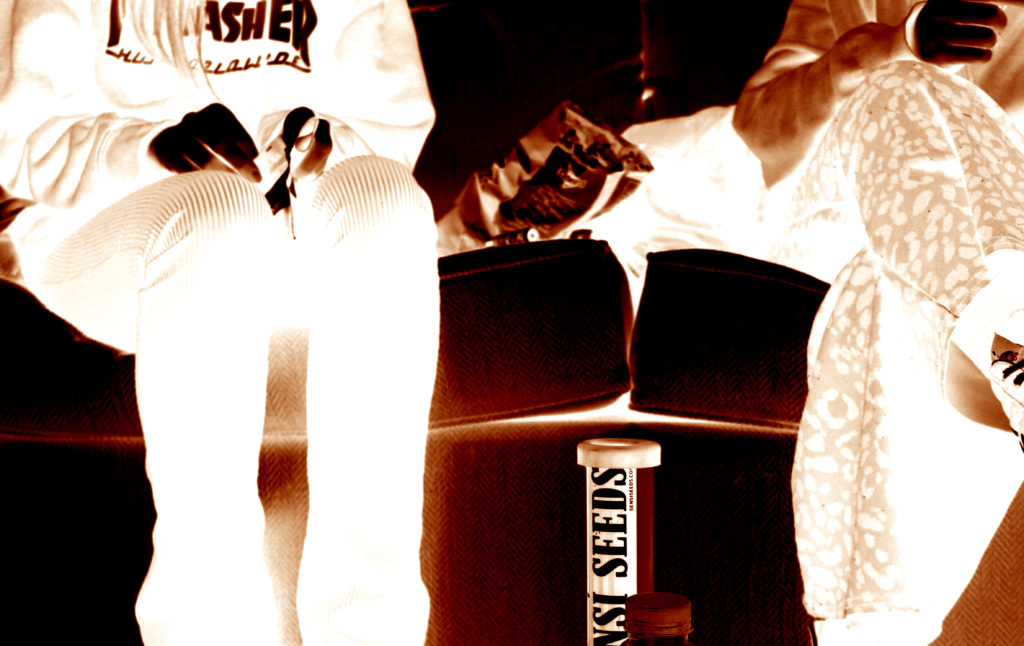
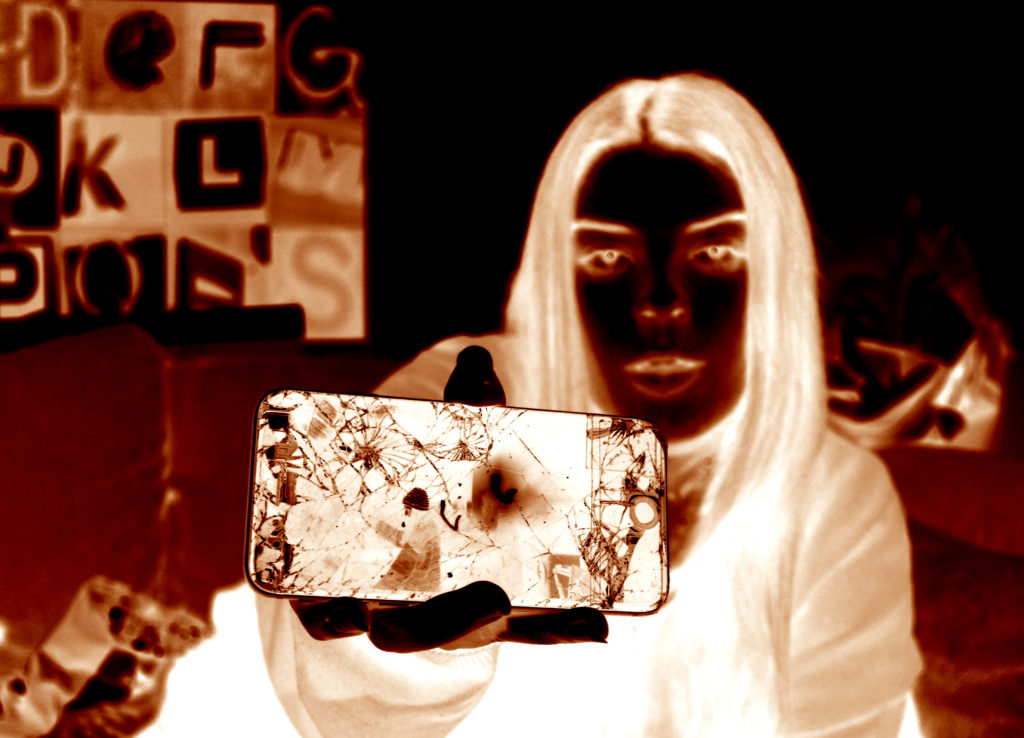
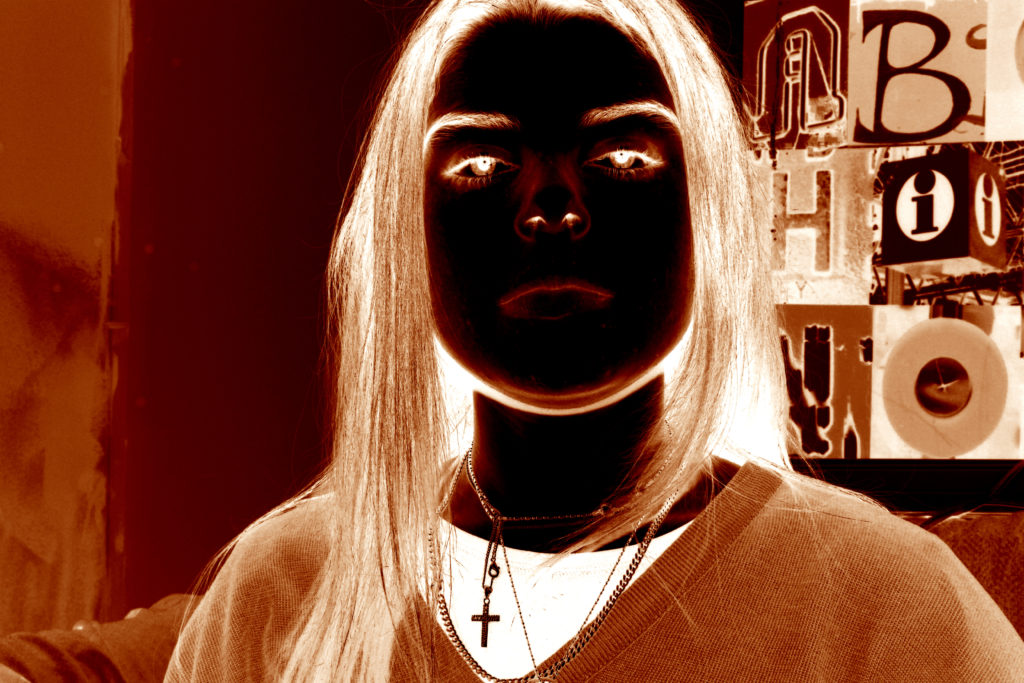

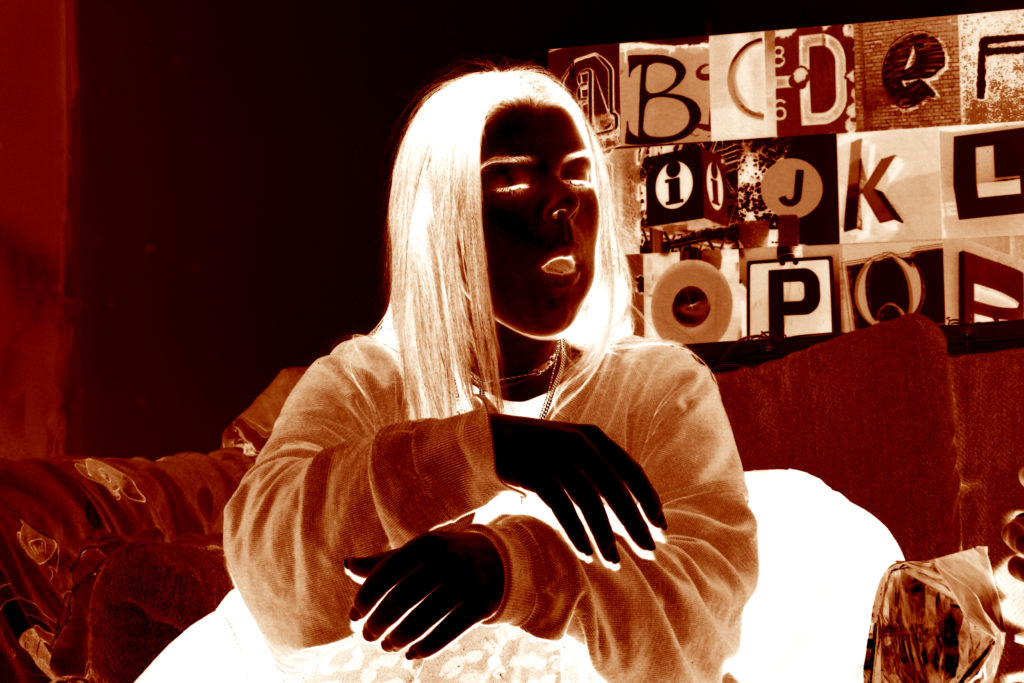


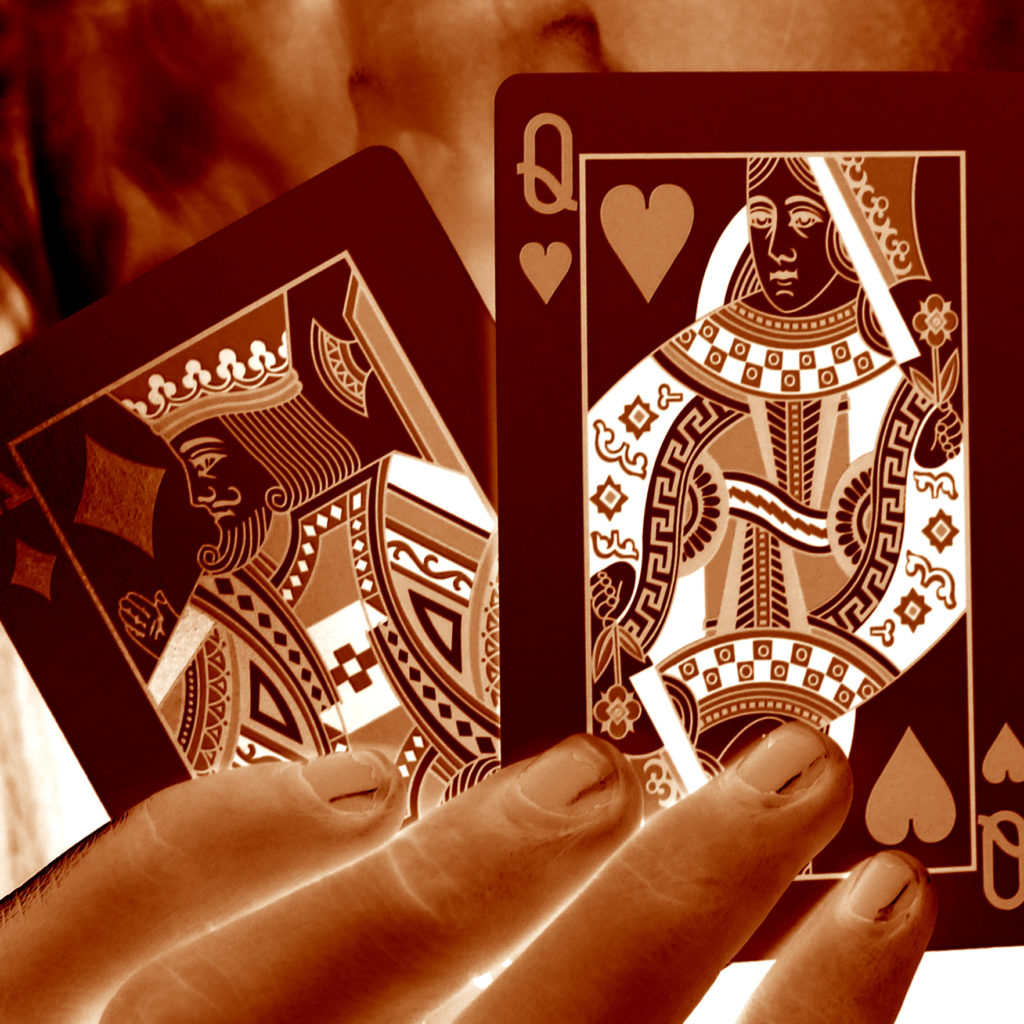


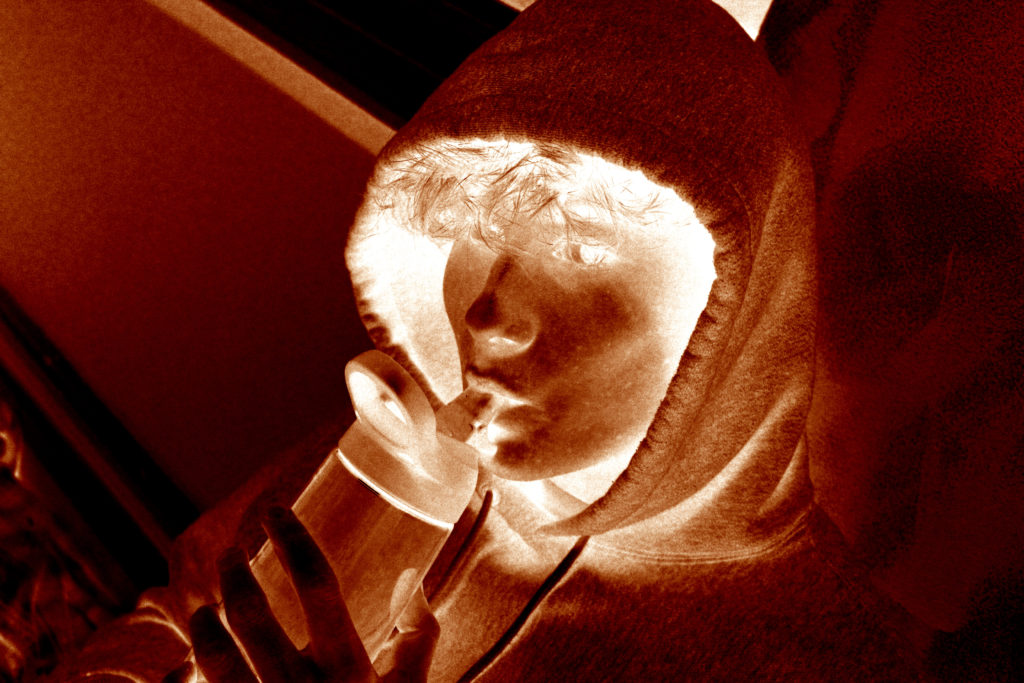
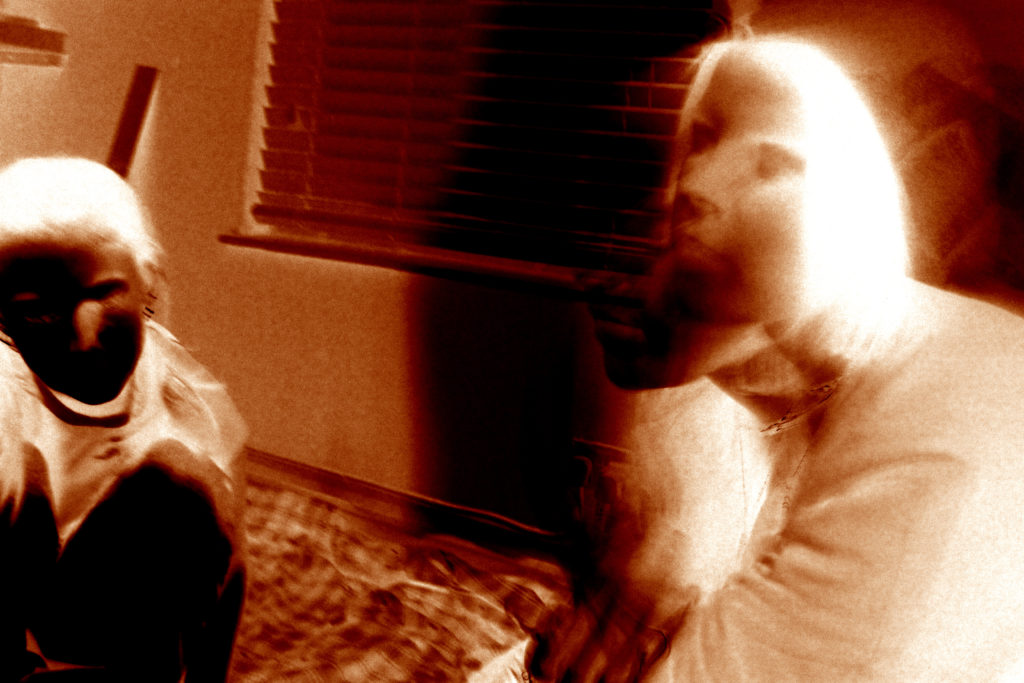
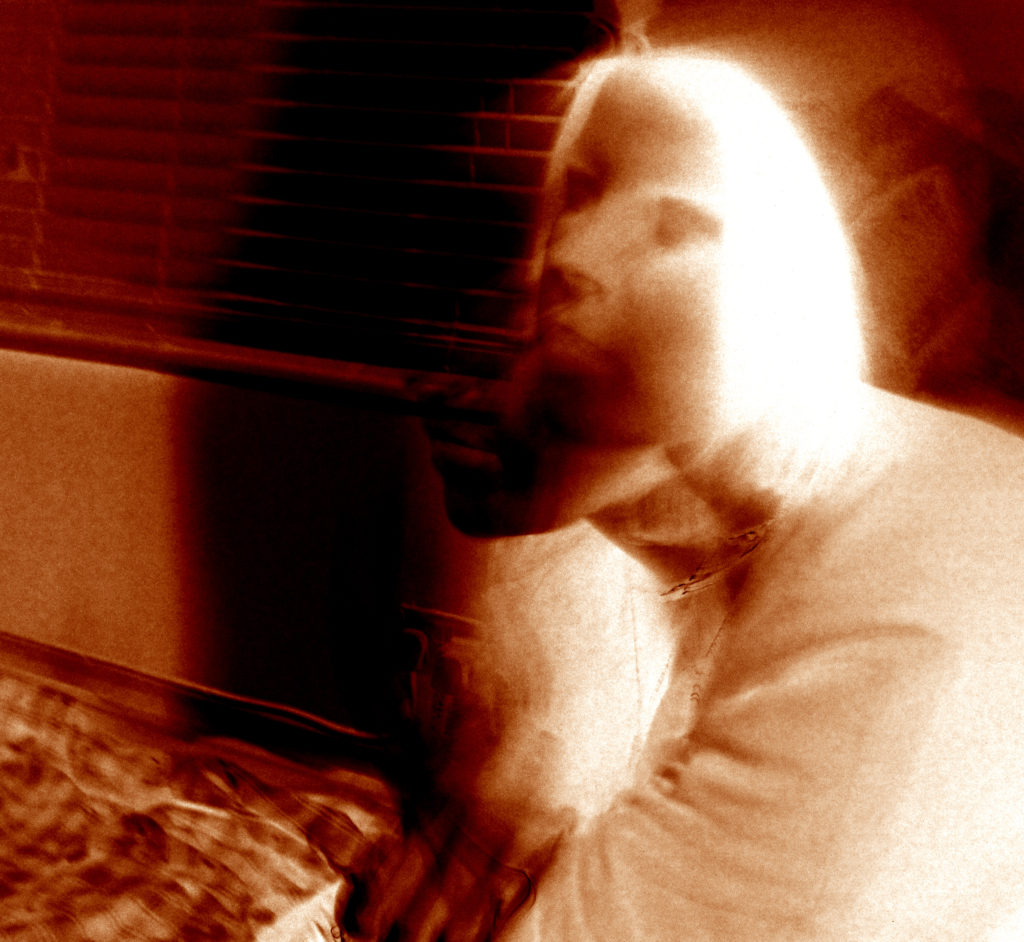
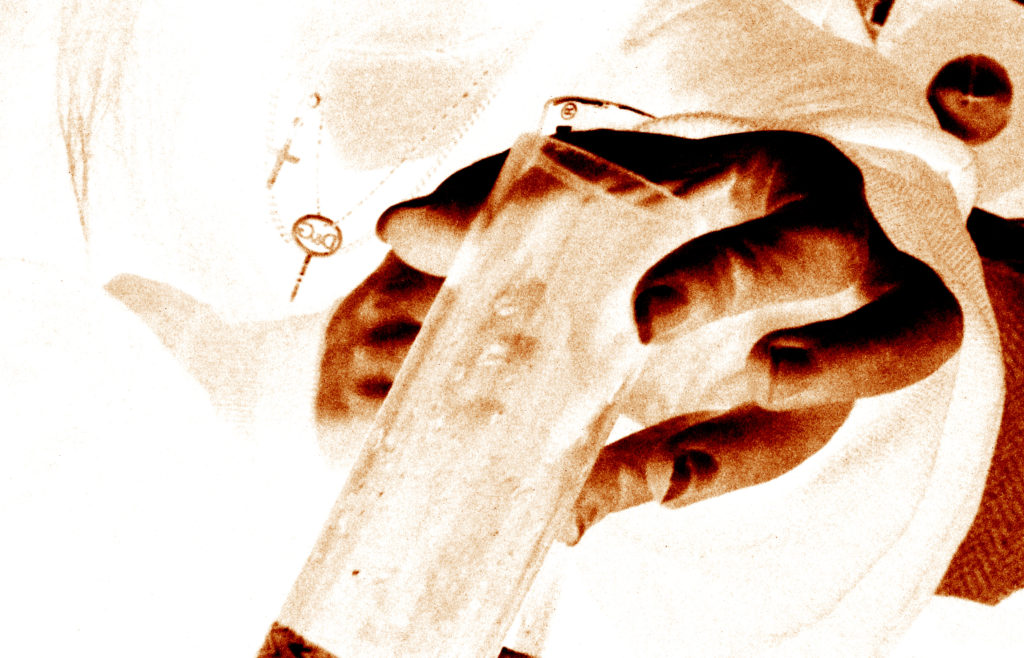
Contact Sheet:

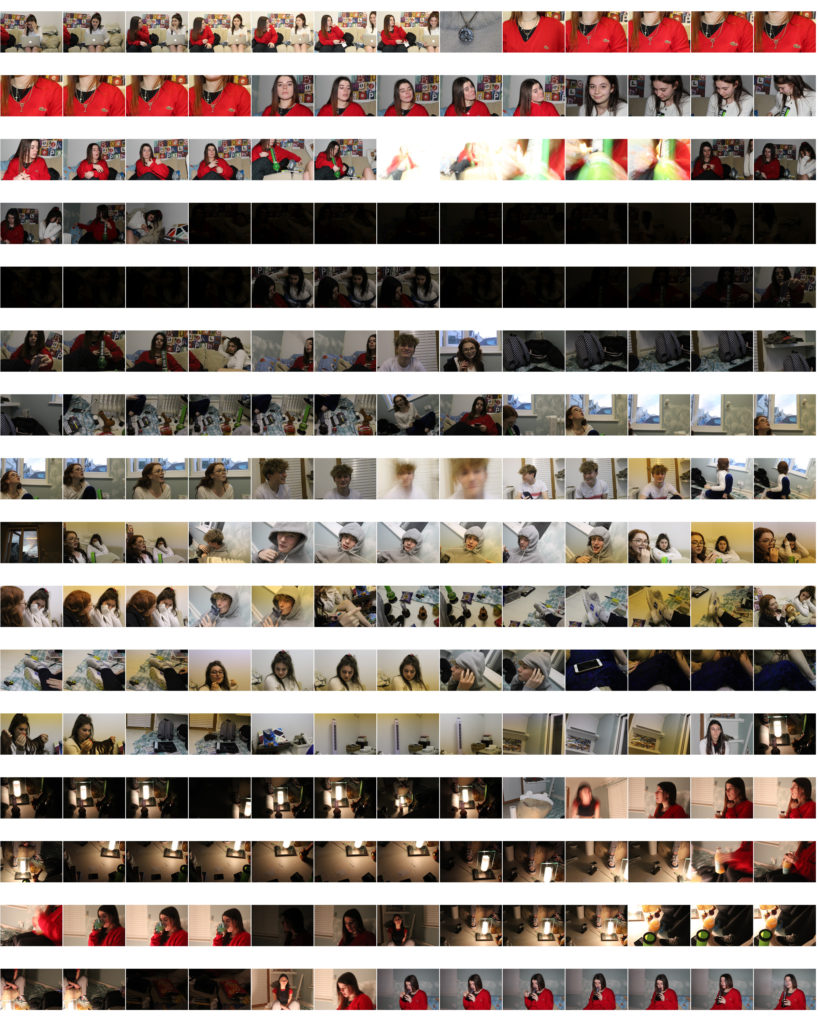


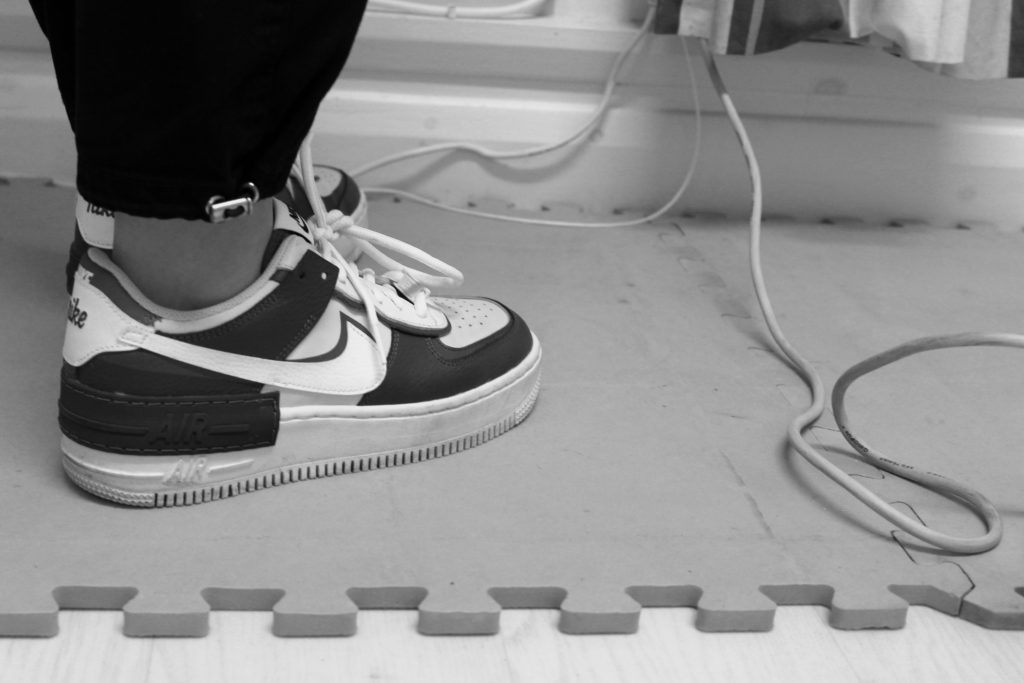

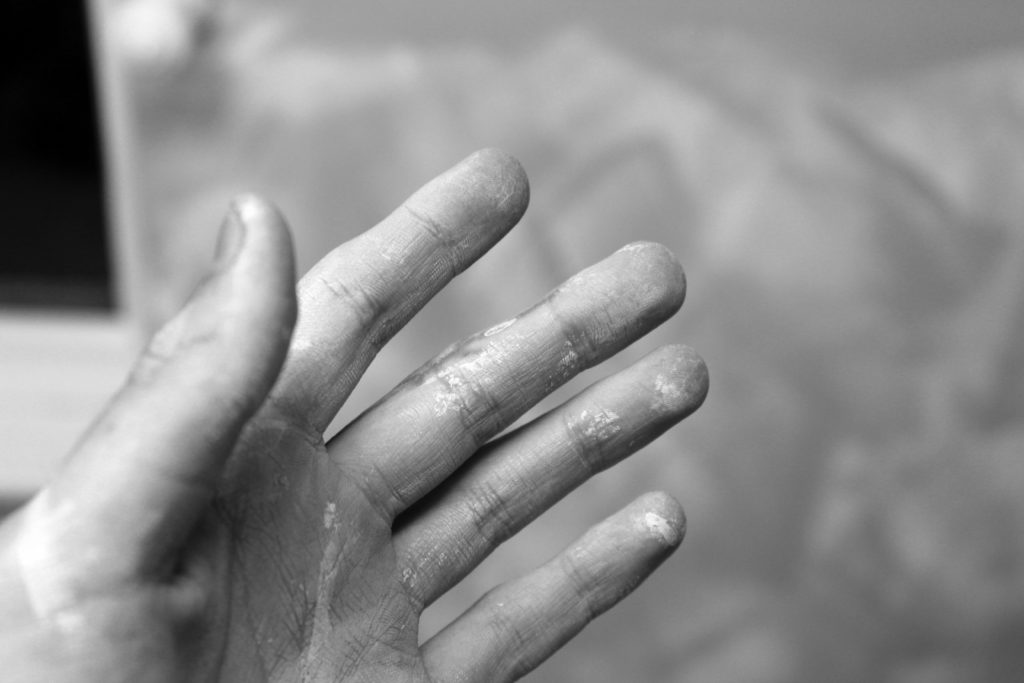
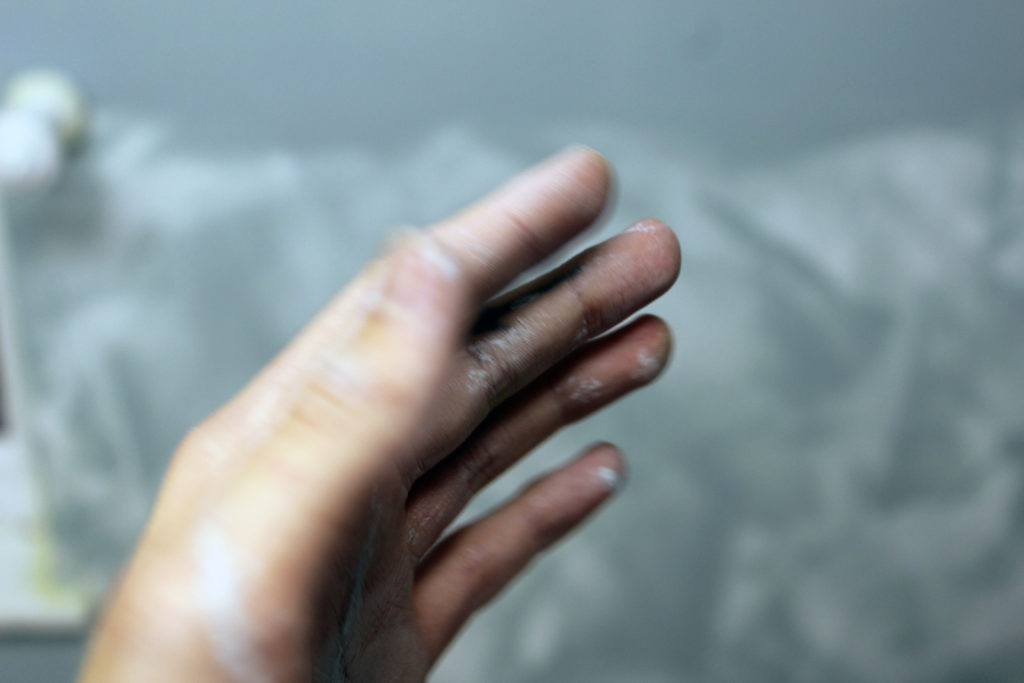

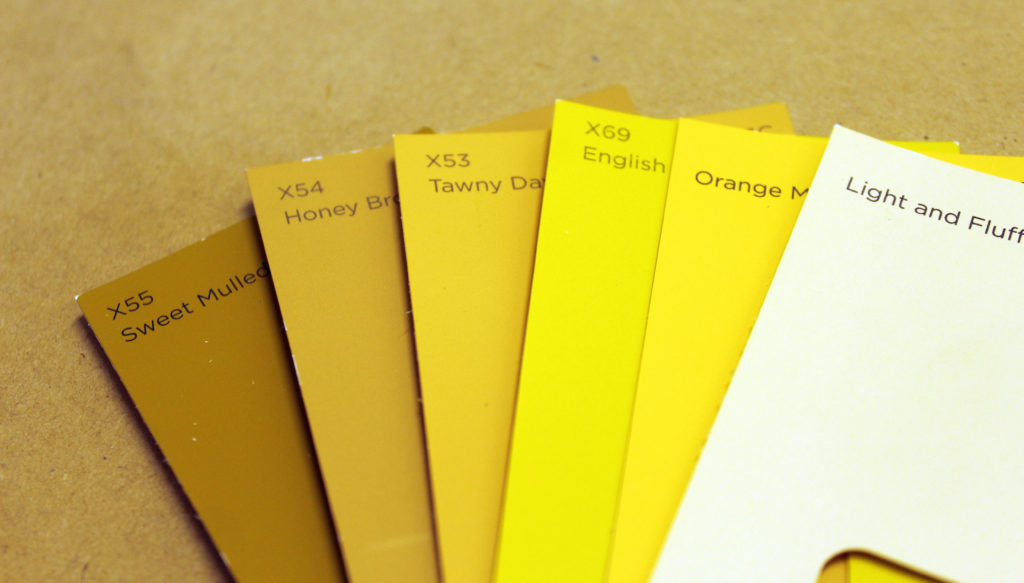

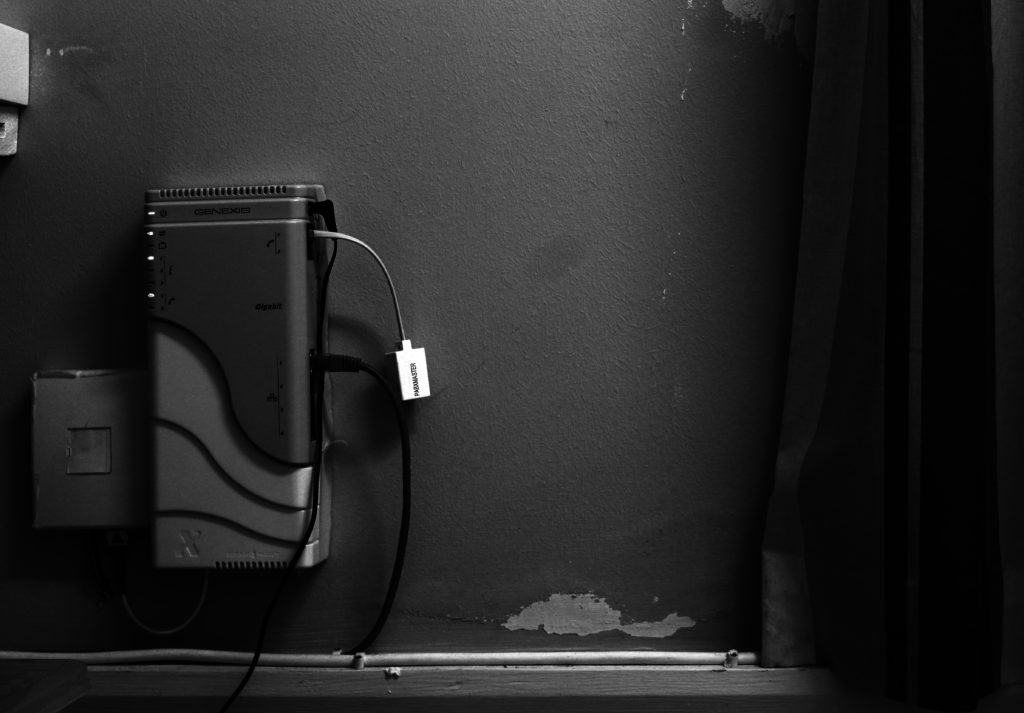
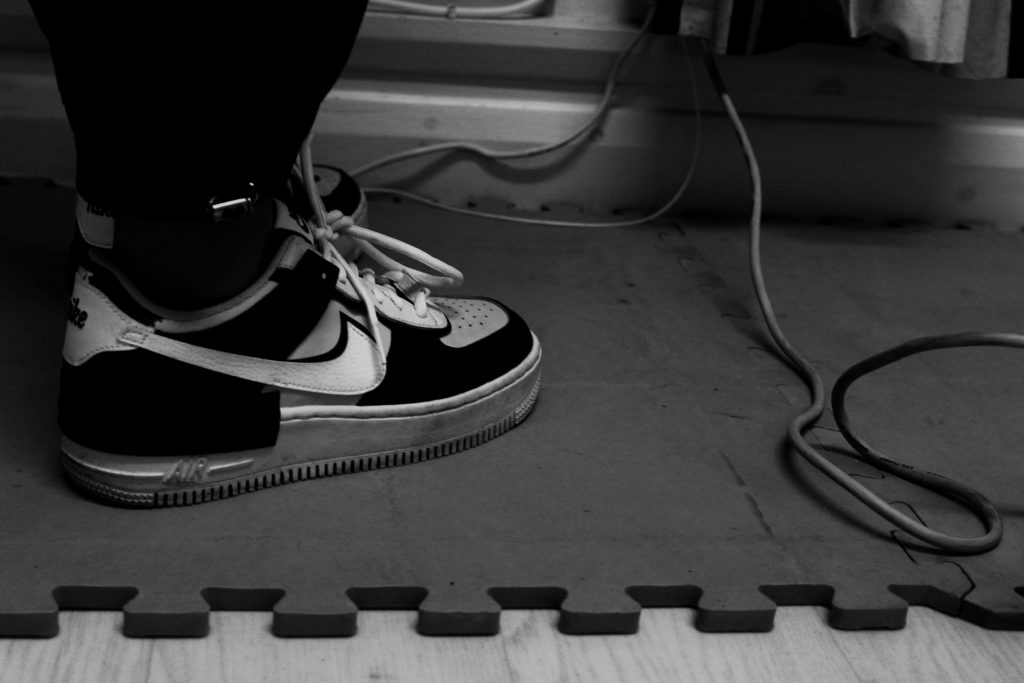
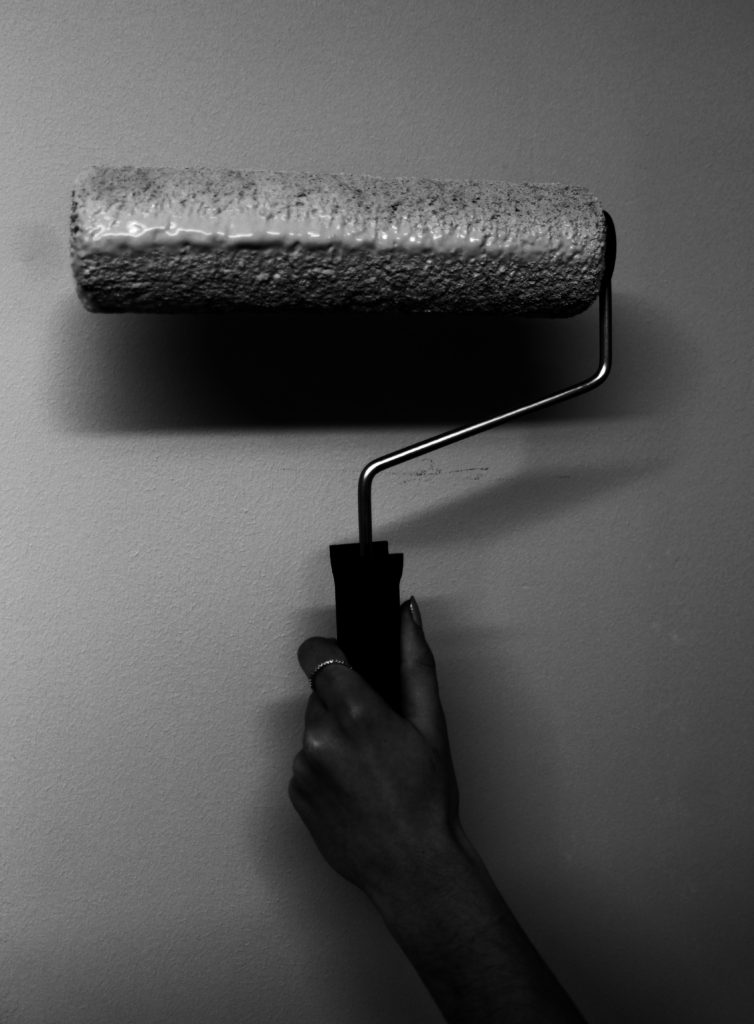
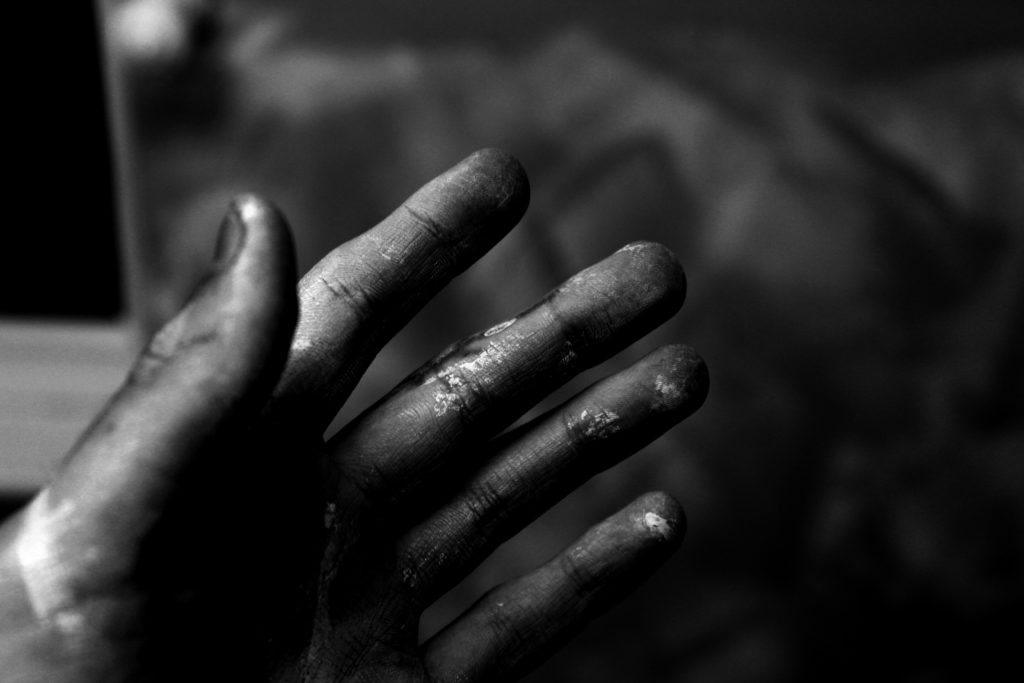
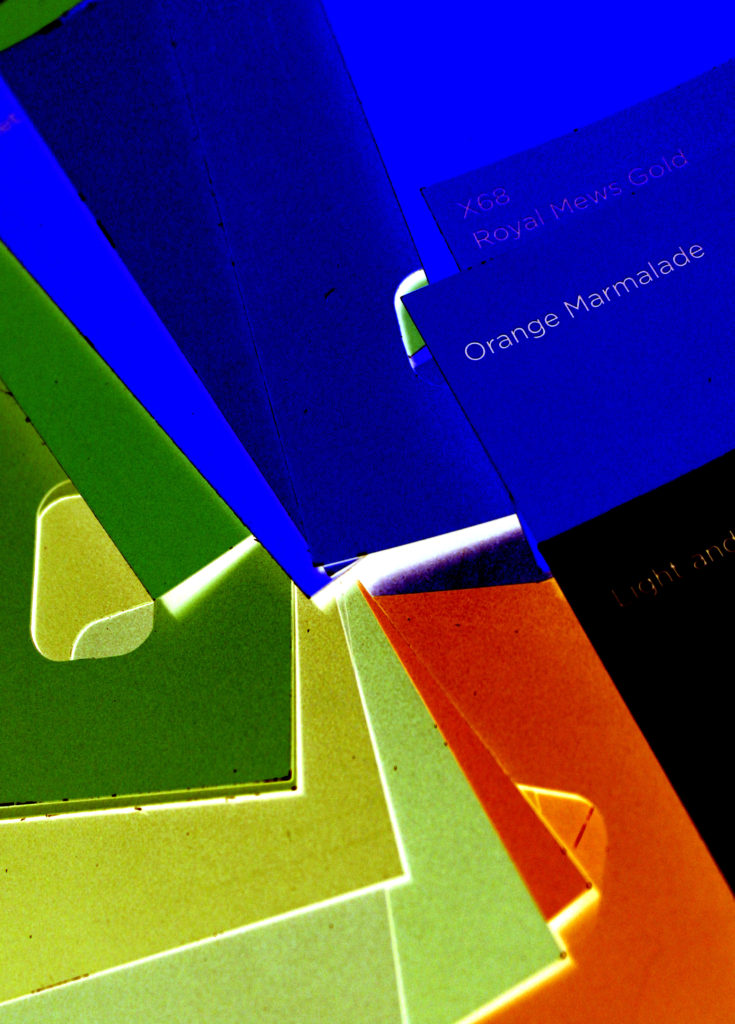
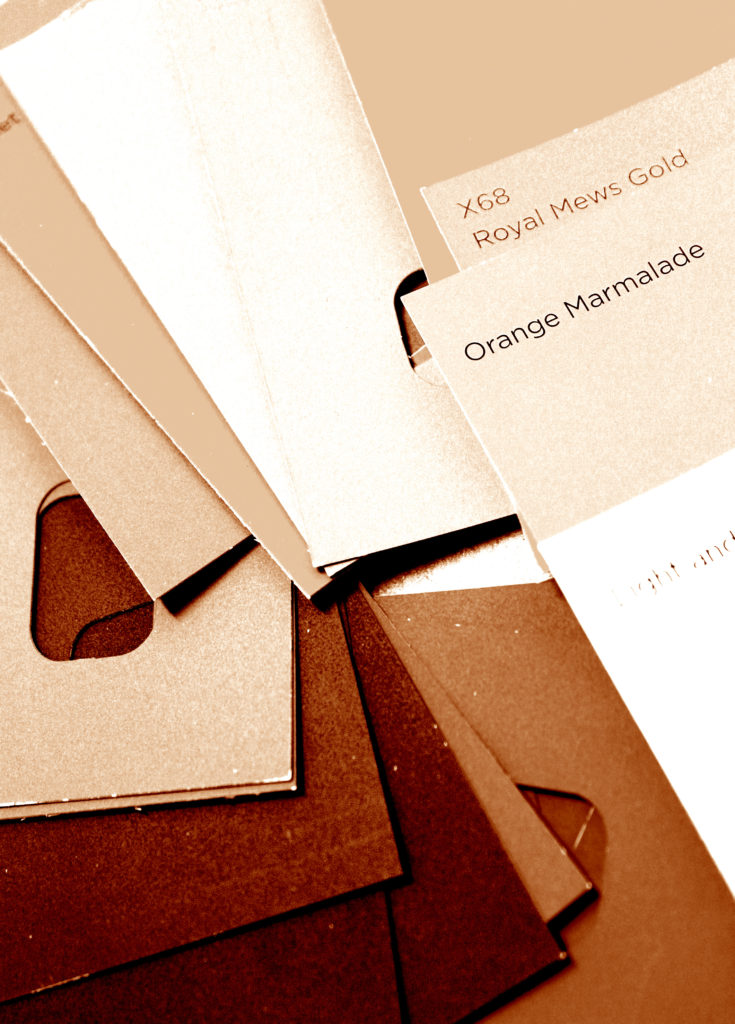
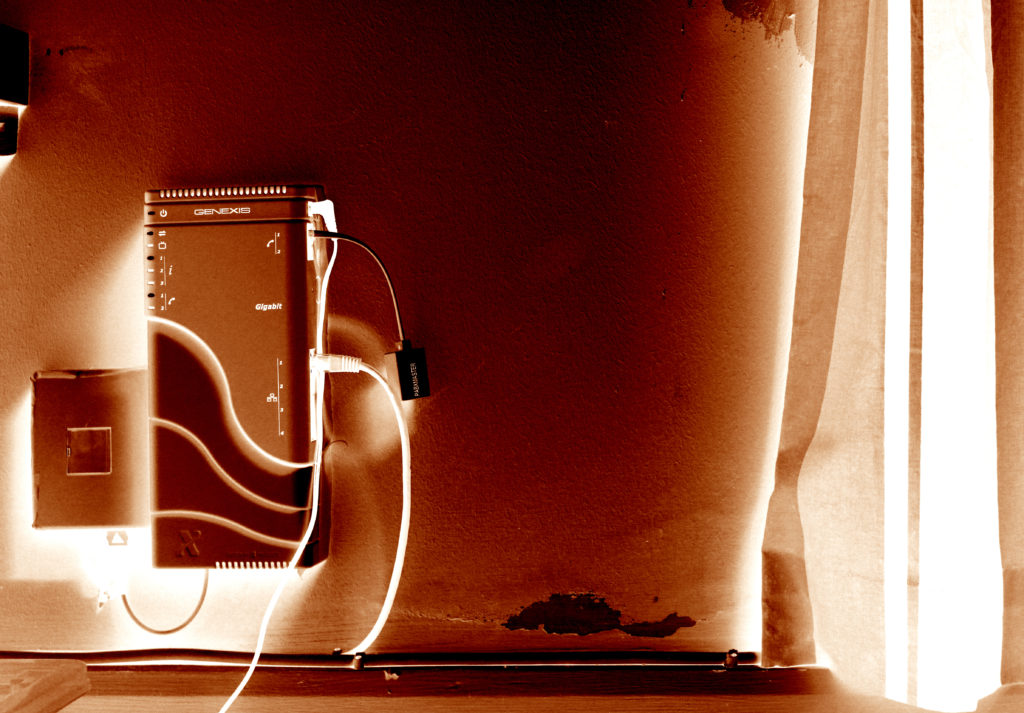
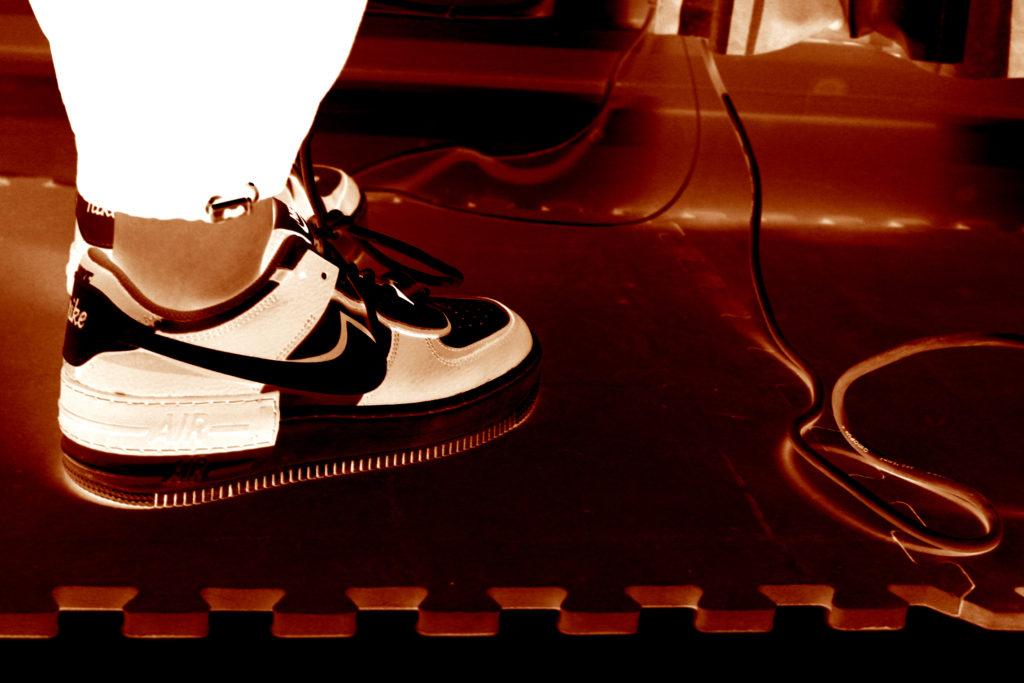
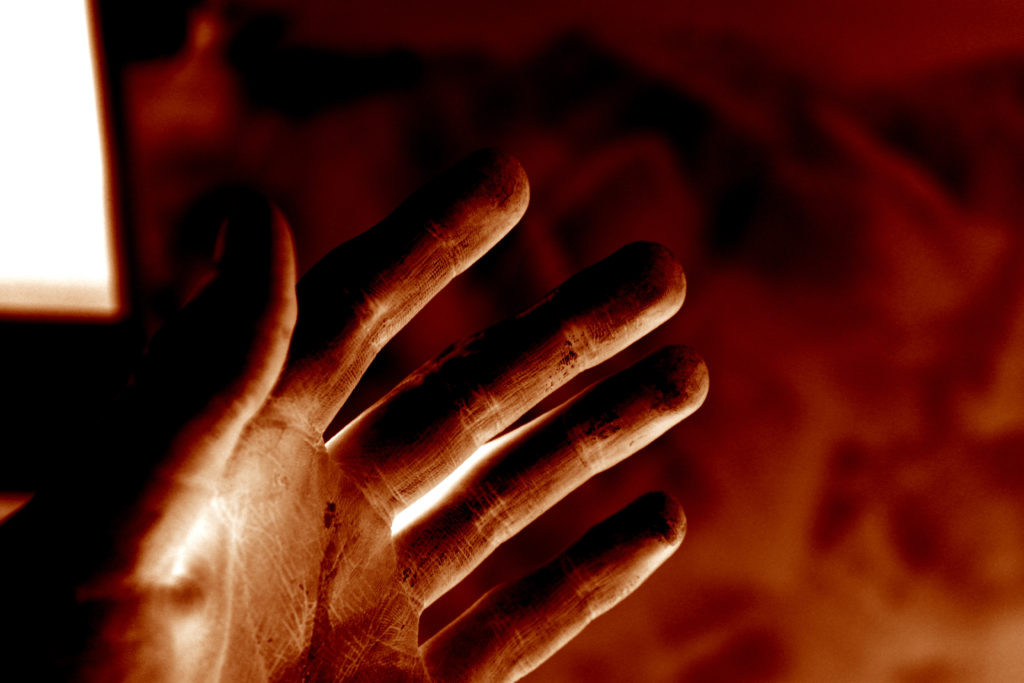
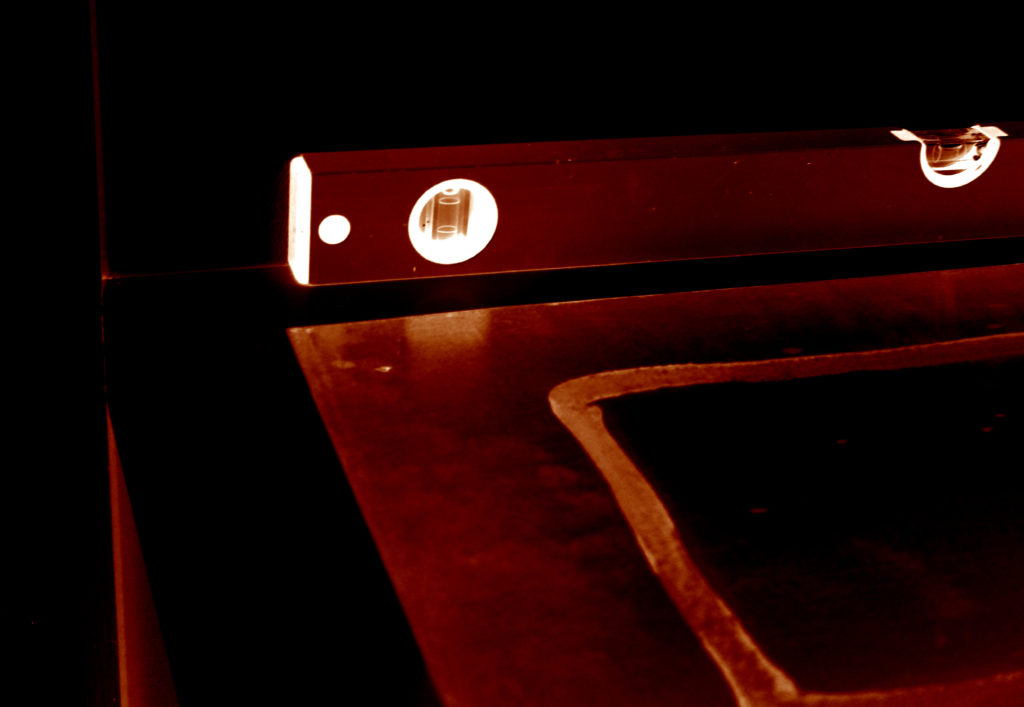
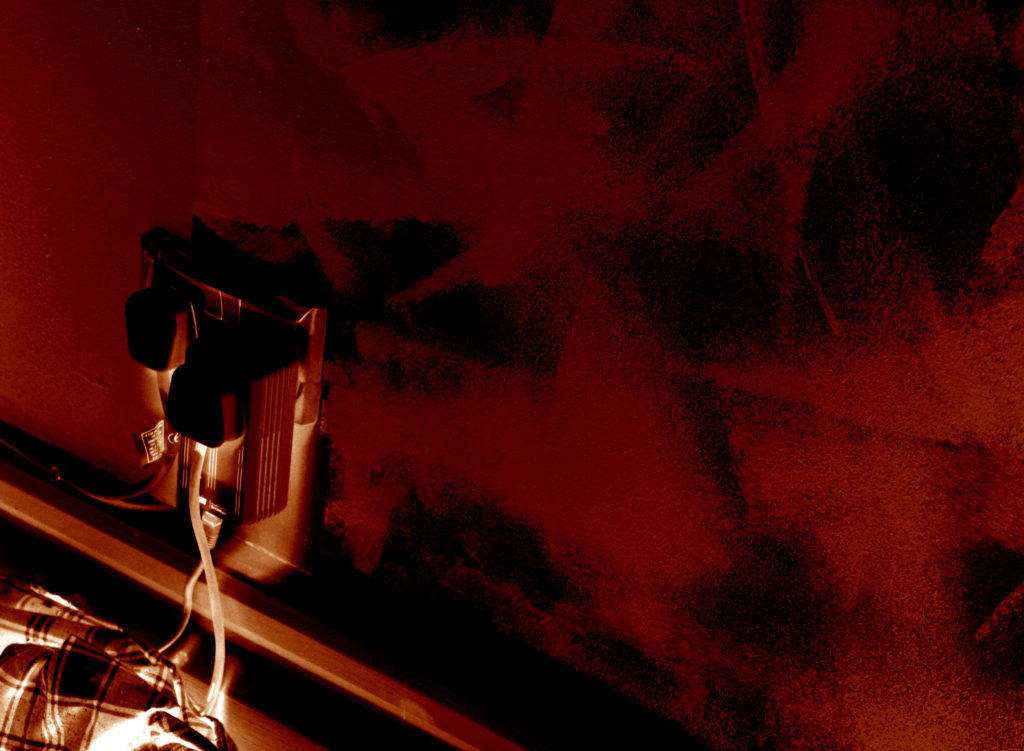
Contact Sheet:
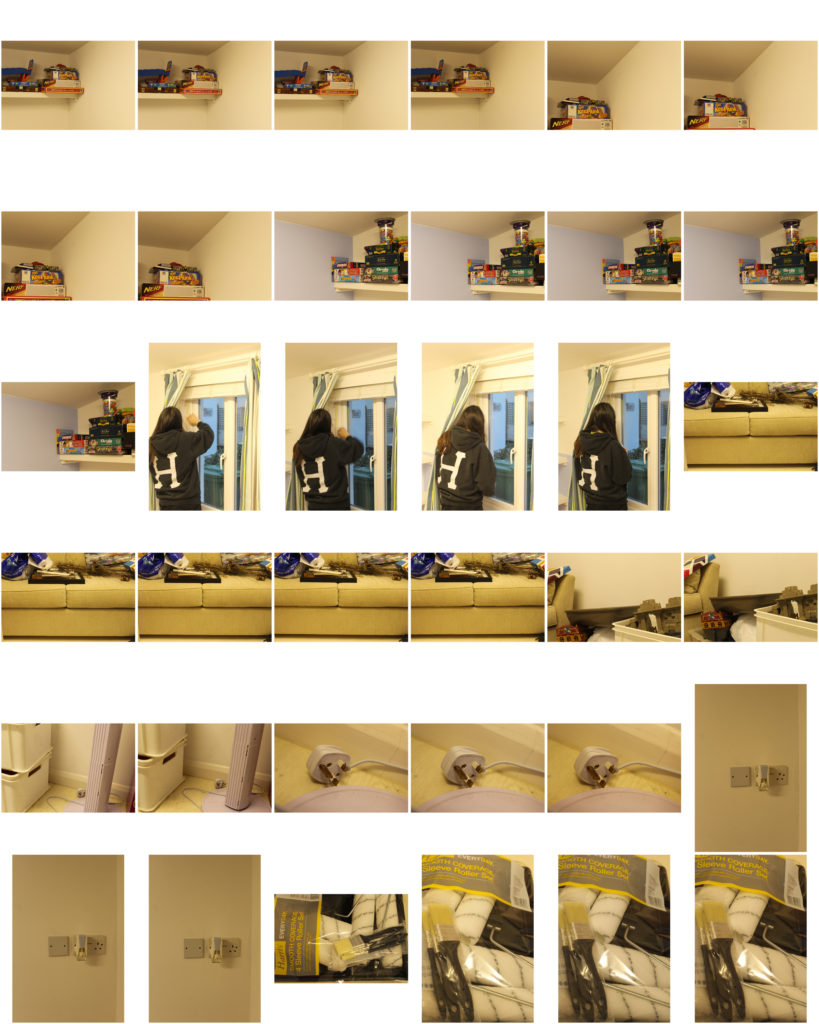

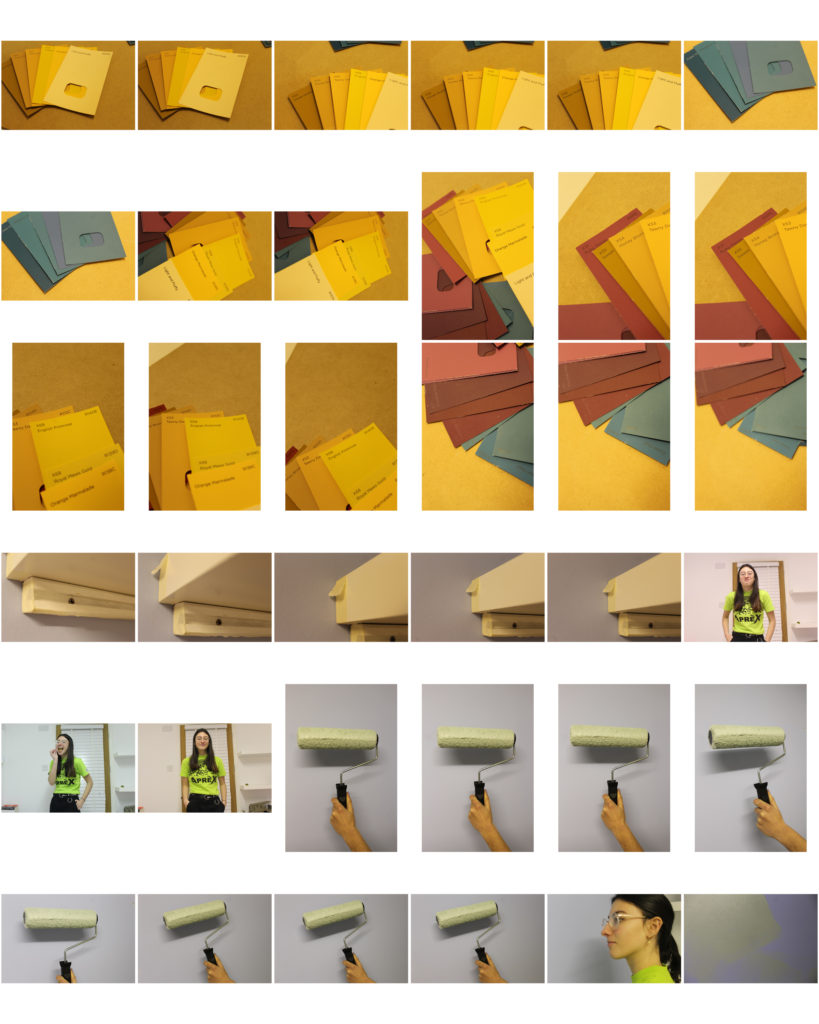
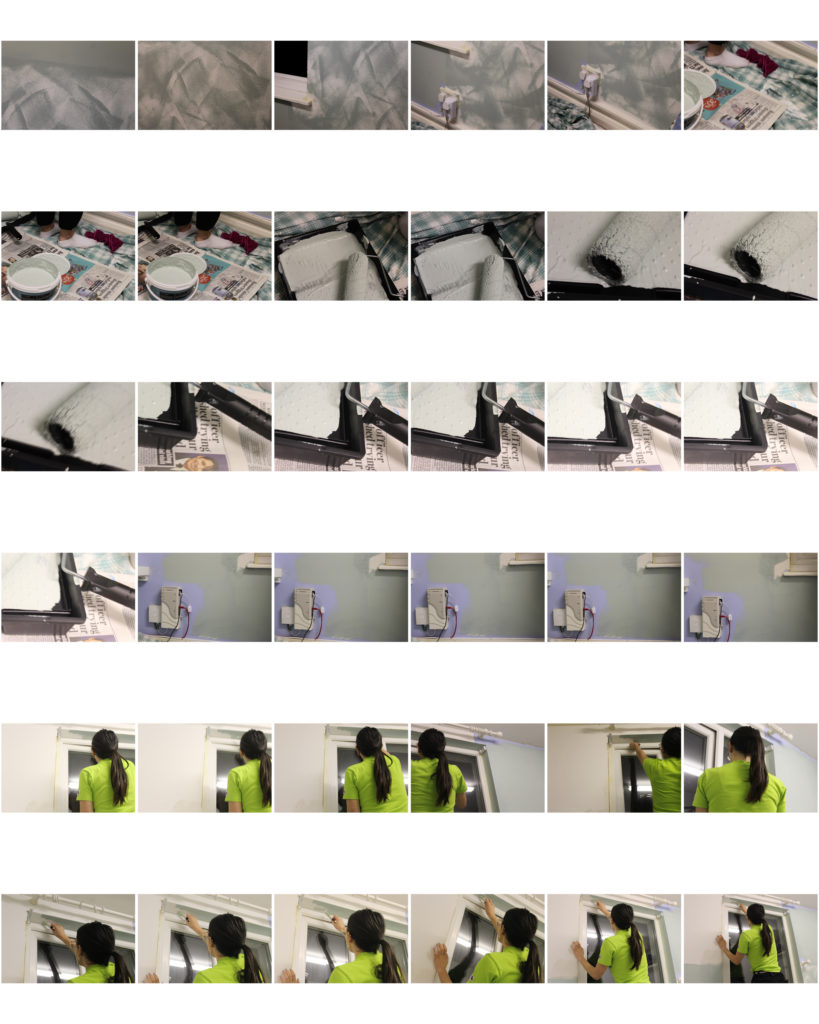
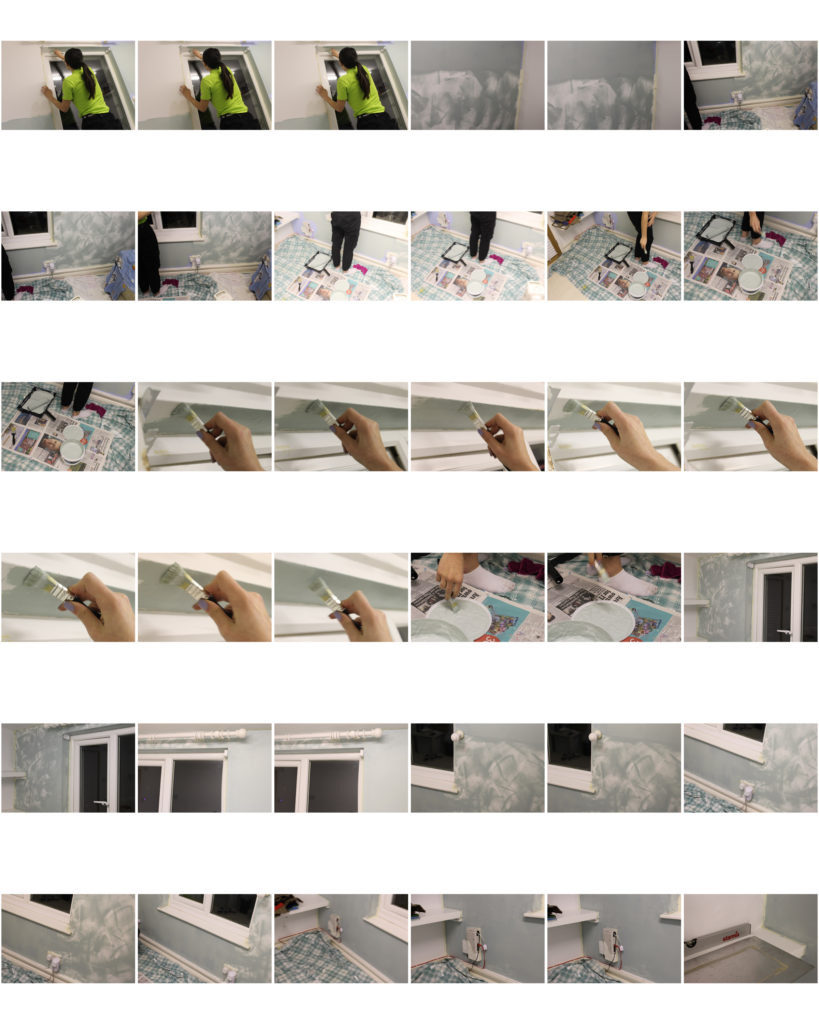
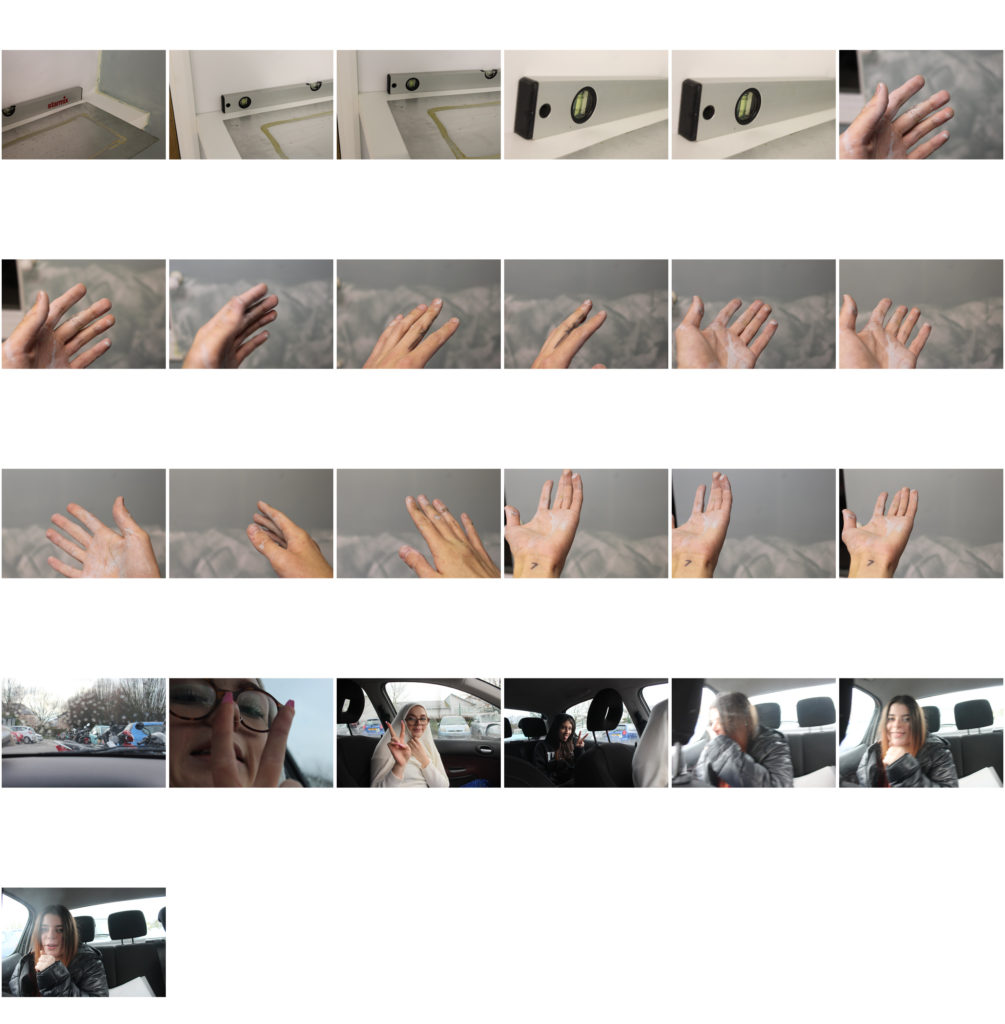
Response 1:


Response 2:


Response 3:


Response 4:


Daren You:
Daren You is a Chinese photographer currently living in the San Francisco Bay Area. His work has been published in Lens Culture Magazine, i-D, Der Greif Magazine, Phases Magazine and the official blog of San Francisco Museum of Modern Art.

His work focuses on chaos photography and unique processes to achieve his desired images with a sense of randomness linked to chaos photography itself.
Chaos Theory:

Chaos Photography:
One definition of chaos is when nonlinear things are impossible to predict and control. If law and order rule the universe, chaos, is the totally disorganized opposite of this.

Daren You has been exploring how to let images create themselves and avoid manipulation by photographers and cameras. For this series, he used several techniques (both historical and contemporary) to process the same image: reticulated film through a high temperature developing process, liquid emulsion, inkjet printing, darkroom printing and en-caustic painting. He then merged all these processes together by re shooting the images.

Daren You was curious about what the image will become after so many processes. The result is random, no one knows what it will look like. It is impossible to control the result by layering these processes on top of the same image, together. The dark tone in his images references the universe. It’s infinite and empty nature. When You chose his subject matter, he was looking for subjects with unpredictable elements: they’re unstable and disordered, like wind, clouds and water. Many systems that we live wit such as landscapes and trees, exhibit complex and chaotic behaviors. They are constantly in flux.
“How does photographing on film (or using your material photographic process of predilection) inform your artistic practice?“
“Gelatin silver print is still the best way in the world to present black and white photographs; it has the tones and the texture that you can’t get from the digital print. That’s the main reason why I use black and white film. I also enjoy the random visual effects that created during the time of processing. Sometimes your room is not clean enough; you can see the ash marks on your negatives, which reminds me that I exist in a physical world rather than a cold digital world. Sometimes you didn’t adjust your processing temperature very well; you will see the reticulated grains and uneven gray tones in your photographs, they all created different kinds of beauty.”

Response 1:


I liked the concept of multiple people in one photo, where the viewer has the freedom to hone in on any subject. Each person in the photo is telling their own story and could be considered the subject if the image. In response I captured head shot photos of friends stood together but each with their own character.
Response 2:
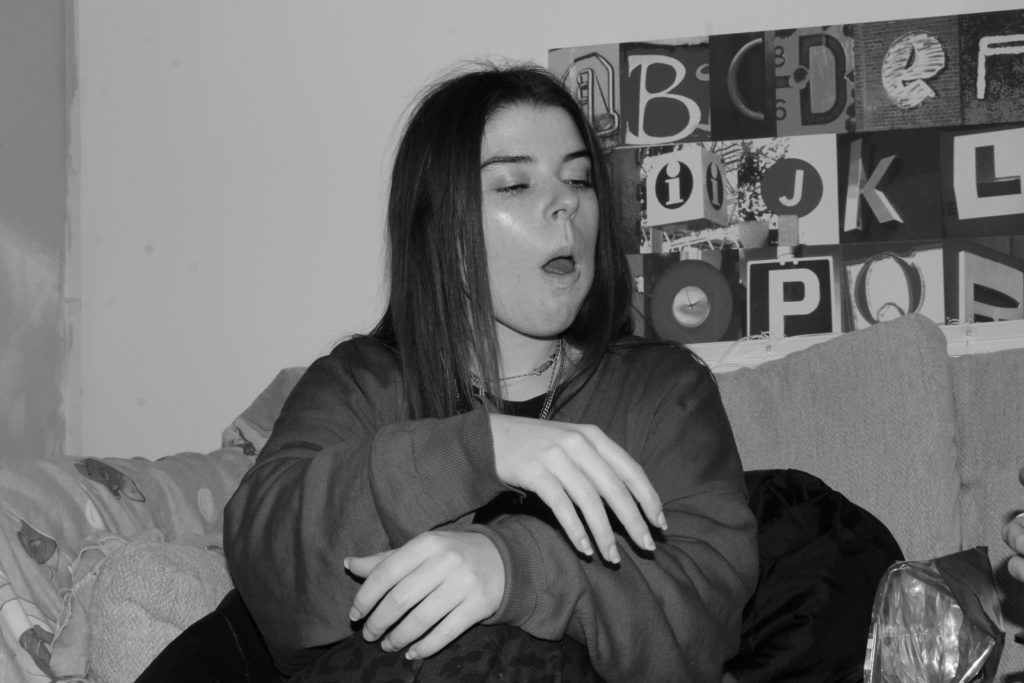
I enjoyed the humour of this image, yet the genuine nature of it. This candid shot embodies a sense of fun and a less serious side to photography, which I recreated by taking candid shots of the subject in a situation where humour and fun was inevitably going to arise and be able to be captured in an image.
Response 3:


This image in another that shows multiple subjects in the frame but the differentiating factor in this image is the fact that the subjects appear at different heights. As well as conveying the activities of the subjects, having this structure helps to bring the image together in a new way. In response I incorporated myself and a friend in the portrait image, showing us both at differing heights, separate in stature, but visibly both important to the image.
Response 4:


This image is relatively busy. People’s legs can be seen in the background making the only fully visible person in the photograph the focal point of the composition. It is here that a story is being told. The image captures the man’s inebriated state, emphasised through the blurry nature of the image to show the subject’s perspective of the situation. To recreate this I lowered the shutter speed to create a double exposure effect of a moving figure, similarly to Gilden’s piece.
Response 5:


I enjoy the candid nature of this image and fact that the subject is in the middle of an action when the photograph is captured. The photograph is framed by the man cupping the lighter to spark the cigarette in his hands. In response I took candid photographs of the subject as he was drinking from a water bottle, which allowed me to capture the hand holding the bottle clear bottle which almost gives the illusion of reflecting Gilden’s image..